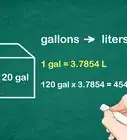This article was co-authored by wikiHow staff writer, Sophia Latorre. Sophia Latorre is a Content Manager on the wikiHow team. Before joining wikiHow, Sophia worked as a technical editor and was published in six International Energy Agency (IEA) Wind Annual Reports. Now, she writes, edits, and reviews articles for the wikiHow Content Team, working to make the content as helpful as possible for readers worldwide. Sophia holds a BA in English from Colorado State University.
This article has been viewed 68,223 times.
Learn more...
Converting grams (g) to milligrams (mg) is an easy task! All you need to do is multiply by the number of grams by 1,000. If you want to convert milligrams to grams, simply divide the number of milligrams by 1,000.
Steps
Changing Grams into Milligrams
-
1Recognize that “milli” means one-thousandth. Understanding the definition of the prefix can help you remember the difference between grams and milligrams. Since “milli” means one-thousandth, a milligram is 1/1,000 of a gram.[1]
-
2Multiply the number of grams (g) by 1,000 to get milligrams (mg). Multiplying by 1,000 is the same as moving the decimal point 3 spots to the right.[2]
- For example, say you have 75 grams. Simply multiply 75 by 1,000, which equals 75,000. So, 75 grams (g) is equal to 75,000 milligrams (mg).[3]
Advertisement -
3Understand that grams (g) and milligrams (mg) measure mass. Both grams and milligrams are units used to measure mass, or how heavy an object is.[4]
Converting Milligrams to Grams
-
1Note that milligrams (mg) are smaller than grams (g). Since “milli” means “one-thousandth,” a milligram is one-thousandth the size of a gram. Therefore, there will be fewer grams than milligrams.[5]
-
2
-
3Remember that milligrams (mg) and grams (g) are metric units. If you live in the United States or another country that uses the imperial measurement system, you may be unfamiliar with grams and milligrams, since they are metric units. In the U.S., ounces (oz) and pounds (lbs) are usually used to measure weight.[8]
References
- ↑ https://mste.illinois.edu/dildine/tcd_files/metric/mass.htm
- ↑ https://sciencing.com/convert-grams-milligrams-6547835.html
- ↑ https://www.rapidtables.com/convert/weight/gram-to-mg.html
- ↑ https://www.alamo.edu/contentassets/190ff7d408364614b893b460c598e008/statistical/math0300-metric-units-of-mass.pdf
- ↑ https://mste.illinois.edu/dildine/tcd_files/metric/mass.htm
- ↑ https://www.rapidtables.com/convert/weight/mg-to-gram.html
- ↑ https://www.rapidtables.com/convert/weight/mg-to-gram.html
- ↑ https://www.mathsisfun.com/metric-imperial-conversion-charts.html
About This Article
To convert grams to milligrams, multiply the number of grams by 1,000. Alternatively, move the decimal point 3 spots to the right. For example, if you have 75 grams, then you have 75,000 milligrams because the prefix “milli” means one-thousandth. Knowing this, you can easily convert milligrams to grams by dividing the number of milligrams by 1,000. For instance, if you have 500,000 milligrams, you have 500 grams. For more tips, like how to tell the difference between the metric and imperial systems of measurement, read on!
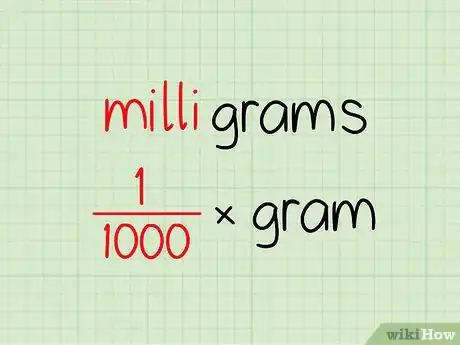
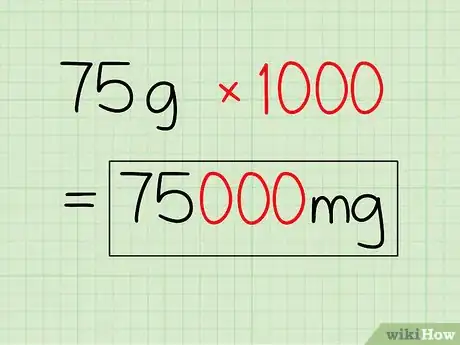
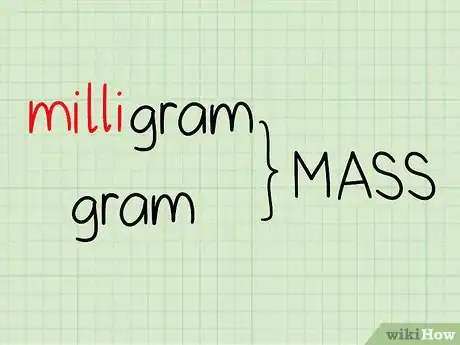
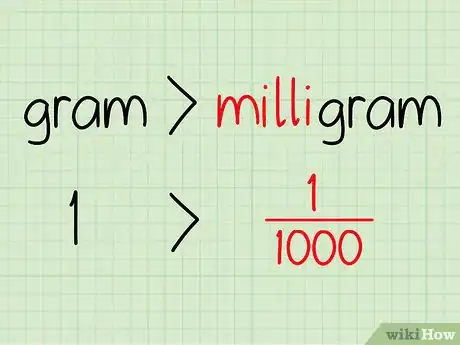
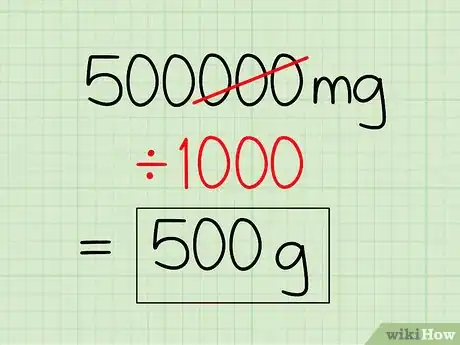
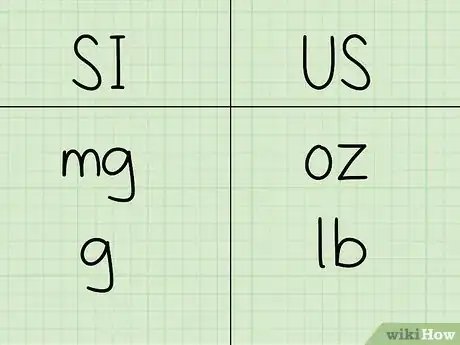

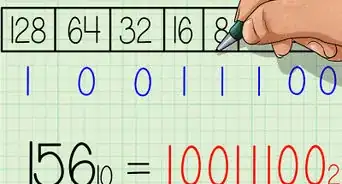
-to-Grams-(g)-Step-8-Version-5.webp)
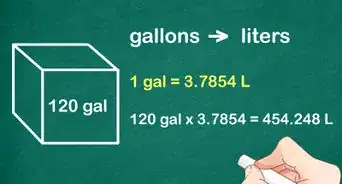
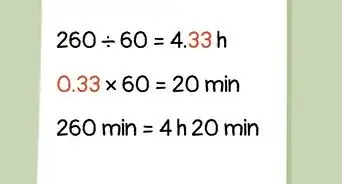
-to-Fahrenheit-(°F)-Step-6-Version-2.webp)
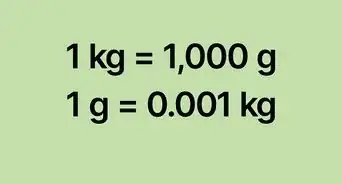
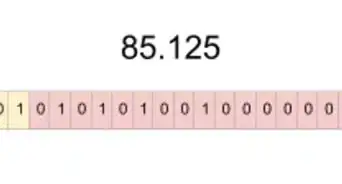
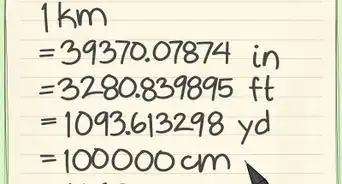
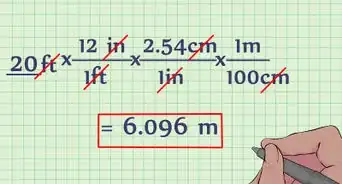
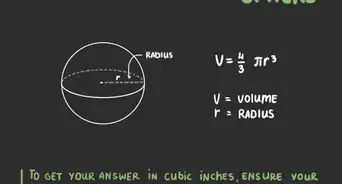
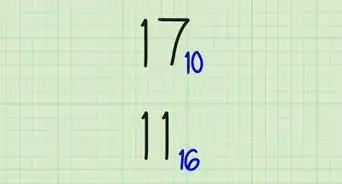
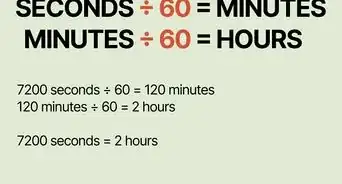
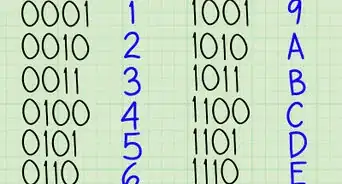







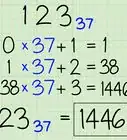
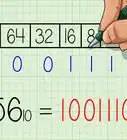
-to-Grams-(g)-Step-8-Version-5.webp)
